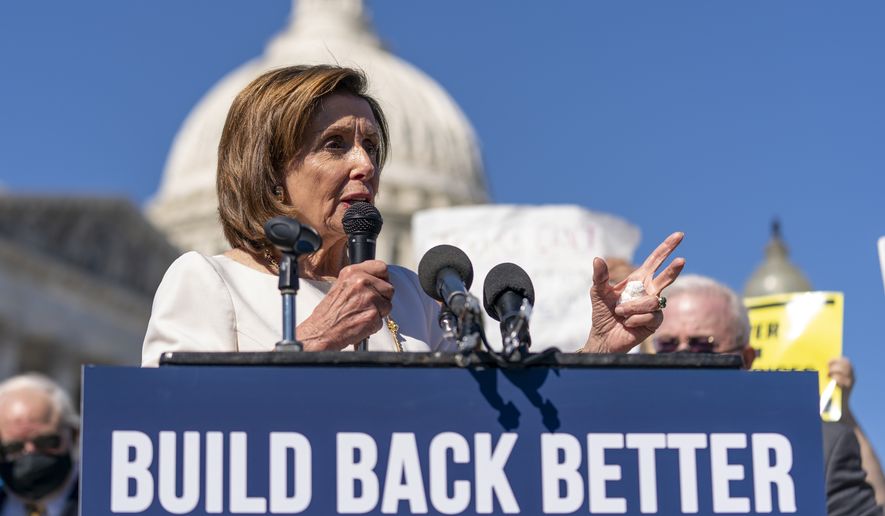OPINION:
Government exists to do the things that individuals cannot. It’s natural, then, to assume that a bigger government can do those things even better.
Moreover, there is a temptation to conclude that the U.S. COVID-19 death toll would be less costly if Washington possessed the muscle to wage a stronger defense against disease. The coronavirus has put a stake in the heart of that widespread assumption, undercutting President Biden’s rationale for trillions in post-pandemic rebuilding dollars on top of trillions already spent in the name of public health.
“Bigger is better” is a myth.
When U.S. performance is compared to that of 37 fellow nations of the Organization for Economic Co-operation and Development (OECD), little correlation emerges between pandemic preparedness measures, government spending size, degrees of centralized authority, and resulting public-health outcomes. That’s the conclusion of a study titled “The COVID-19 Case for Bigger Government is Weak,” published in September by the free-market Cato Institute.
Before the coronavirus outbreak, the United States was viewed as the gold standard for pandemic preparedness, notes the study. Johns Hopkins University’s Global Health Index (GHI) gave the U.S. the top worldwide ranking in 2019, with a preparedness score of 83.5. Yet by May 2021, the U.S. had suffered a dismal 1,879 COVID-19 deaths per million.
In contrast, Israel, with a lowly GHI score of 47.3, had lost only 692 souls per million to the virus. As boxing legend Mike Tyson once said, “Everyone has a plan until they get punched in the mouth.”
If the long-standing tradition of generous government benefits could shield citizens from the danger of disease, then Italy would have been spared the worst of the COVID-19 scourge. Cato found that the European nation spent an OECD-leading 19.6 percent of its gross domestic product (GDP) on cash benefits in 2019. Despite the spending spree, Italians still suffered an elevated rate of 169 “excess deaths” per 100,000 before the pandemic, with “excess deaths” counted as mortality above the expected norm.
Once the virus took hold, Italy’s COVID-19 death rate rocketed to 2,119 per million. The U.S., in comparison, spent a comparatively modest 8.5 percent of GDP on welfare programs pre-pandemic and experienced only 145 excess deaths per 100,000. With big-spending Italy logging a higher virus death rate than more moderate America, Mr. Biden should concede that his plan for a multitrillion-dollar social safety net is no post-pandemic panacea.
Cato’s comparison between governing structures found no advantage in central power over regional authority during the fight against COVID-19. Centrally governed Slovak Republic has been ravaged by disease while New Zealand, also centrally reliant, has remained mostly unscathed. And both Germany and Spain boast robust regional administration, but Germany’s public health infrastructure has performed well while Spain’s has not.
Biden-style, spendthrift government isn’t necessarily better. If it were, big-spending, central-command nations would be topping the charts in the fight against COVID-19. They are not.




Please read our comment policy before commenting.